
Beirut Travel Guide
Once referred to as the Paris of the Middle East and later overshadowed by years of war, Beirut, the capital of Lebanon, remains a city that exudes vitality and beauty, where the old and new intertwine seamlessly. In October, we decided to embark on a 3-day journey to explore this captivating city.
Beirut Travel Guide: Visa
Lebanon doesn’t require visas for many countries. We filled out a form on the plane and obtained our free 90-day visa upon arrival. Unfortunately, my visa process wasn’t as smooth. While everyone else breezed through, the security officer didn’t allow my entry. They took me to a windowless room, keeping me there for two stressful hours. After an inexplicable two hours, they released me without any explanation, allowing me to enter the country. Although our trip started on a rough note, I had already forgotten this unpleasant incident by the end. Still, I have no idea why I was held in that room. 🙂
Beirut Travel Guide: Accommodation and Transfer
For accommodation, we booked a rooftop apartment with a terrace in the Mar Mikhael area. The host arranged a taxi to pick us up from the airport, so we didn’t have to deal with airport taxi drivers. The taxi driver accepted dollars, allowing us to exit the airport without dealing with currency exchange. Despite the late-night arrival, the host accommodated us before the check-in time. You can find the Airbnb link for our stay here. I also recommend checking other accommodation options in the Mar Mikhael area here.
Beirut Travel Guide: Recent History
Before coming to Beirut, we did a brief research on Lebanese history. Understanding the city and its surroundings became much easier while exploring and observing the events by having a basic knowledge of the country’s history. In summary, after separating from Ottoman territories, Lebanon remained under French colonization for many years, making French the country’s second language. After declaring independence in 1941, Lebanon became the financial and trade center of the Middle East, experiencing a golden age.
Later, a significant number of Palestinians fleeing from Israel migrated to Lebanon, gradually altering the Christian-Muslim ratio in the country. Due to the tension resulting from this change, a civil war erupted in 1975. This internal conflict, which turned into a Christian-Muslim war, involved direct or indirect interventions from various countries, including Israel and Syria. It lasted until 1991, resulting in significant casualties and economic collapse.
Although peace was finally declared, the Syrian army did not withdraw from the country until 2005. Just as the country was entering a phase of recovery, the southern region was bombed again by Israel in 2006. Today, Lebanon is on the verge of bankruptcy due to corruption and economic hardships. In summary, Lebanon has witnessed wars, bombings, and almost continuous turmoil in the last 50 years. Walking through the city, buildings on the brink of collapse or bearing bullet traces serve as tangible evidence of these turbulent times.
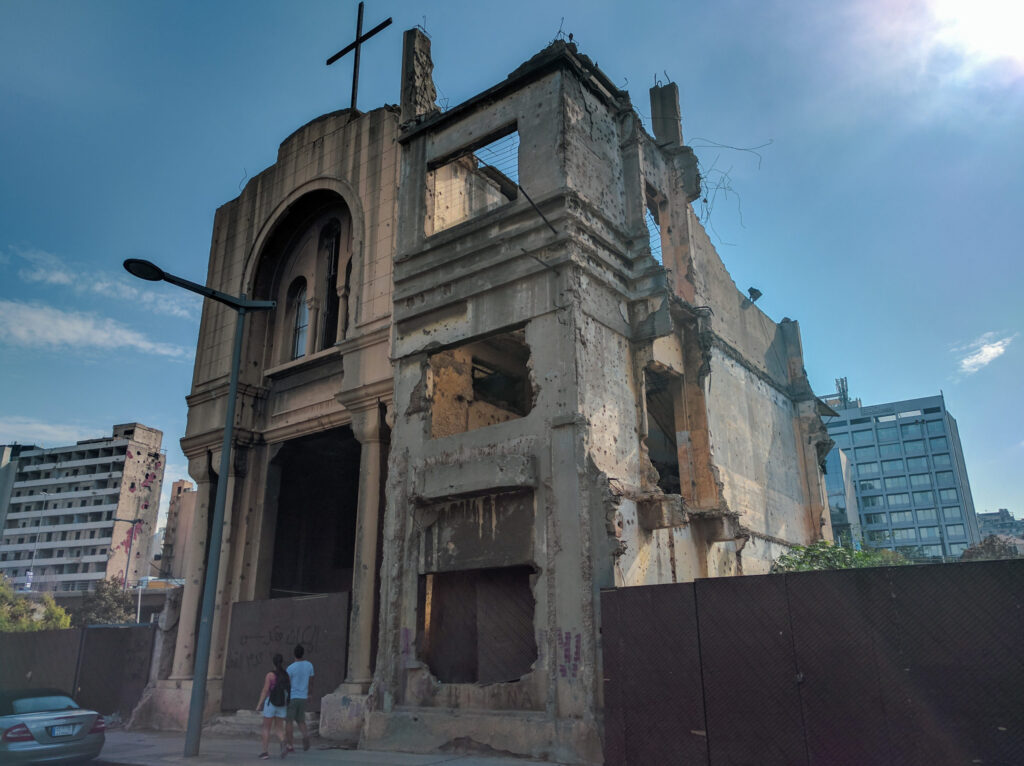
Beirut Travel Guide: Places to Visit
You can find a Google Maps map with all the locations pinned in the notes section at the end of the article.
Mar Mikhael
A new country, a new city – we opened our eyes in Mar Mikhael. As soon as we woke up, we began watching the view from our terrace. Our terrace was fantastic.
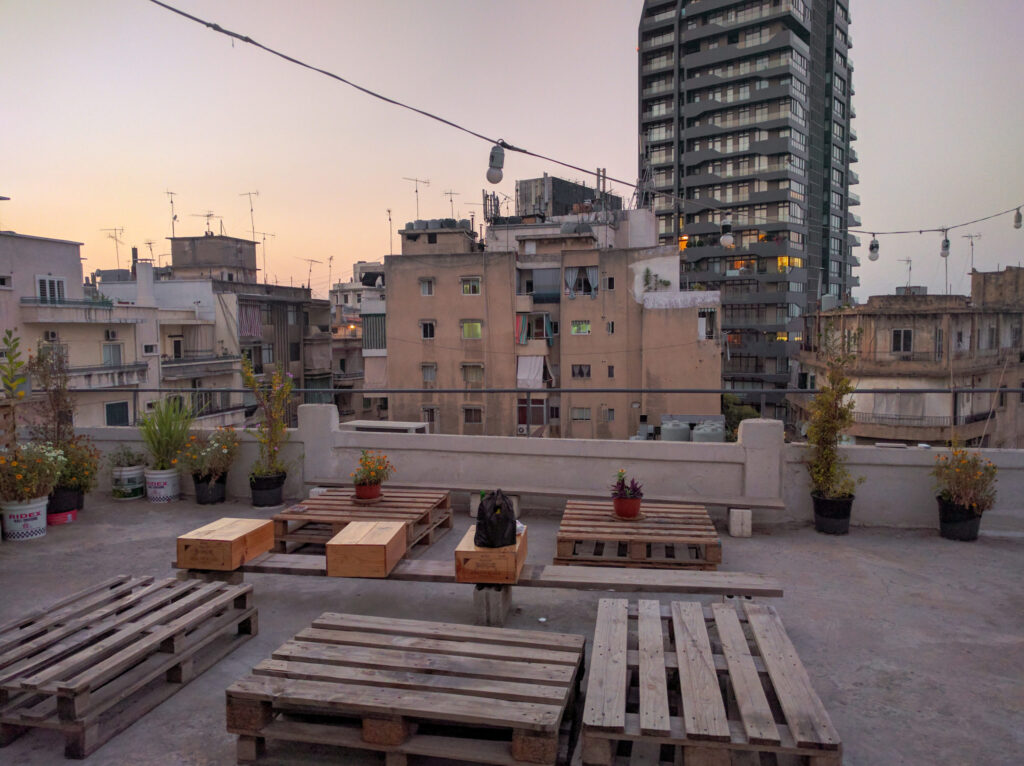
This area is filled with beautiful cafes and bars, making it a lively place day and night. Excitedly, we prepared ourselves and hit the streets of this new city. Seeing the colorful stairs, boutique cafes, and uniquely designed bookshops in this area made us captivated.
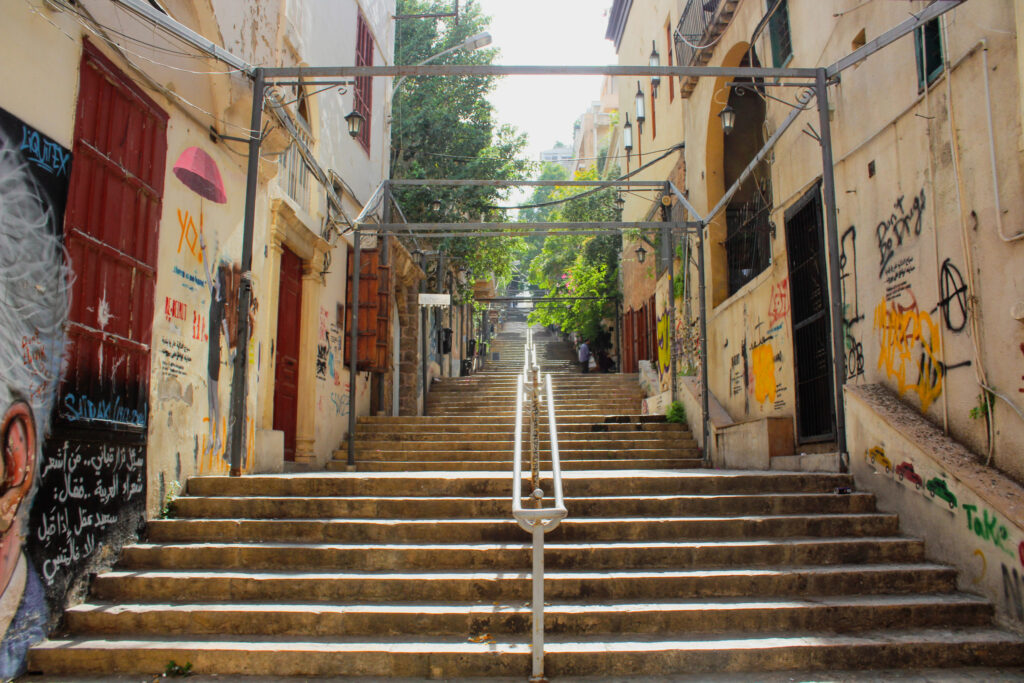
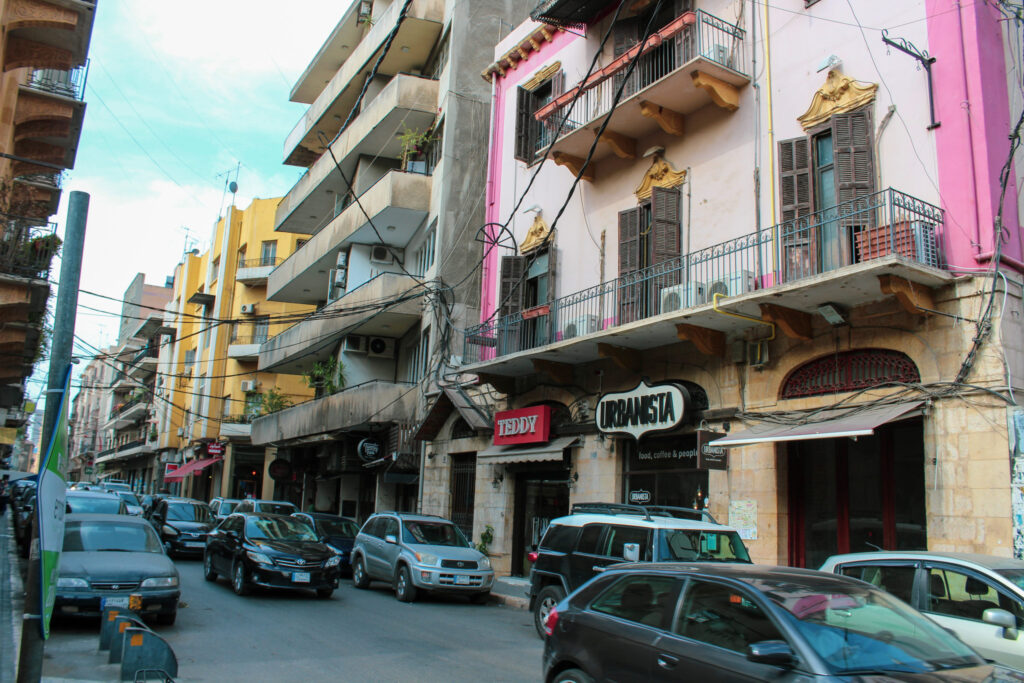
Beirut Streets
From Mar Mikhael, we walked towards the Muhammad Al-Amin Mosque. Along the way, we saw many buildings with remnants of war, bearing bullet and bomb traces. In the following days, we learned that such buildings were scattered all over the city. The coexistence of the new and old was striking.
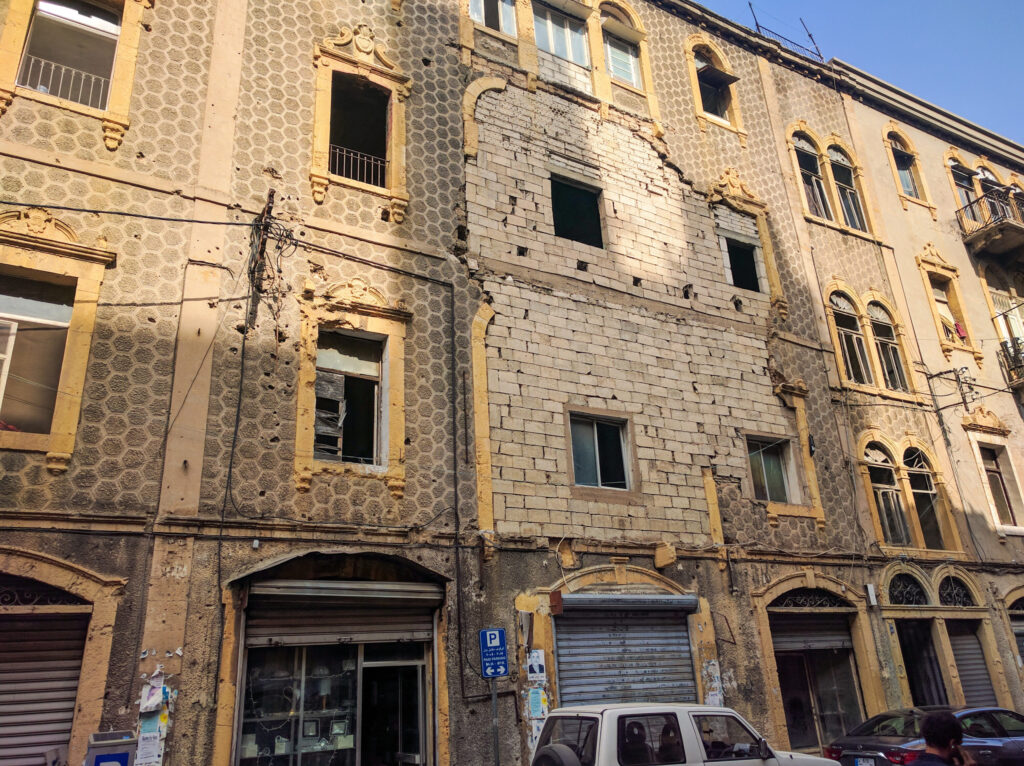
Muhammad Al-Amin Mosque
Muhammad Al-Amin Mosque, built in 2008, is also known as the Blue Mosque due to the color of its dome. Compared to other mosques in the city, it is relatively new. Right next to it is the Saint Georges Cathedral, providing a summary of the city.

Behind the mosque and the church, evidence of Beirut’s ancient history is found, with 2000-year-old Roman ruins (Roman Cardo Maximus) and a bit further, the Roman Baths.
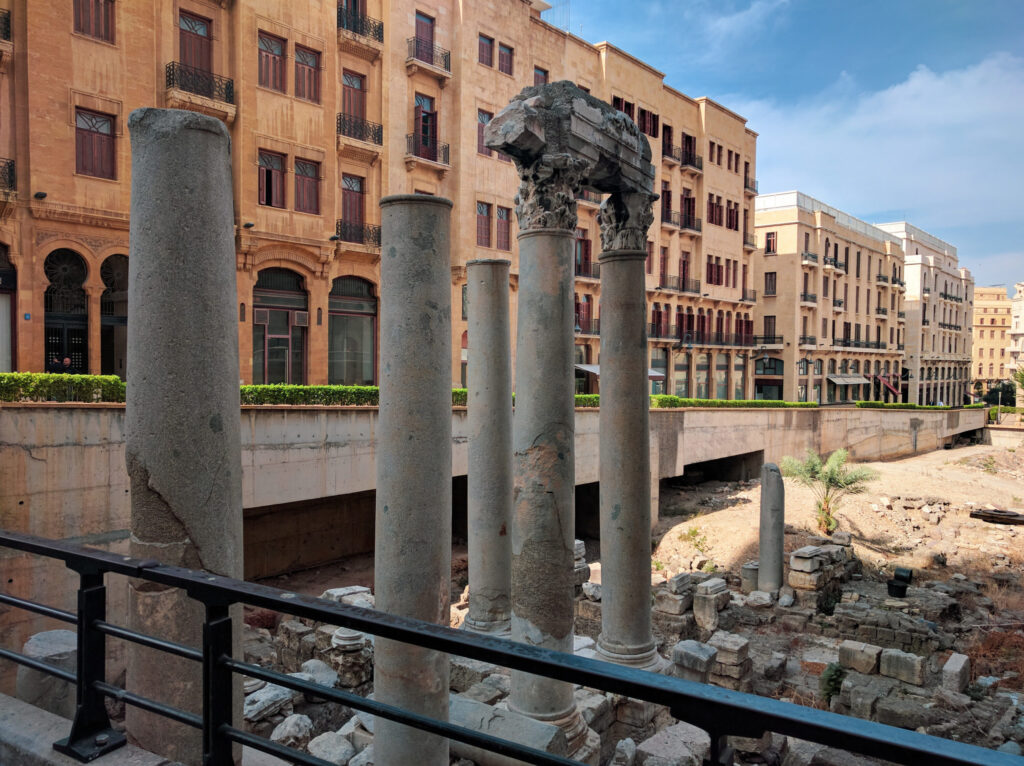
Place de l’Étoile (Star Square)
Next, we walked to Place de l’Étoile. Many ministry buildings are located here, with a clock tower in the middle of the square.
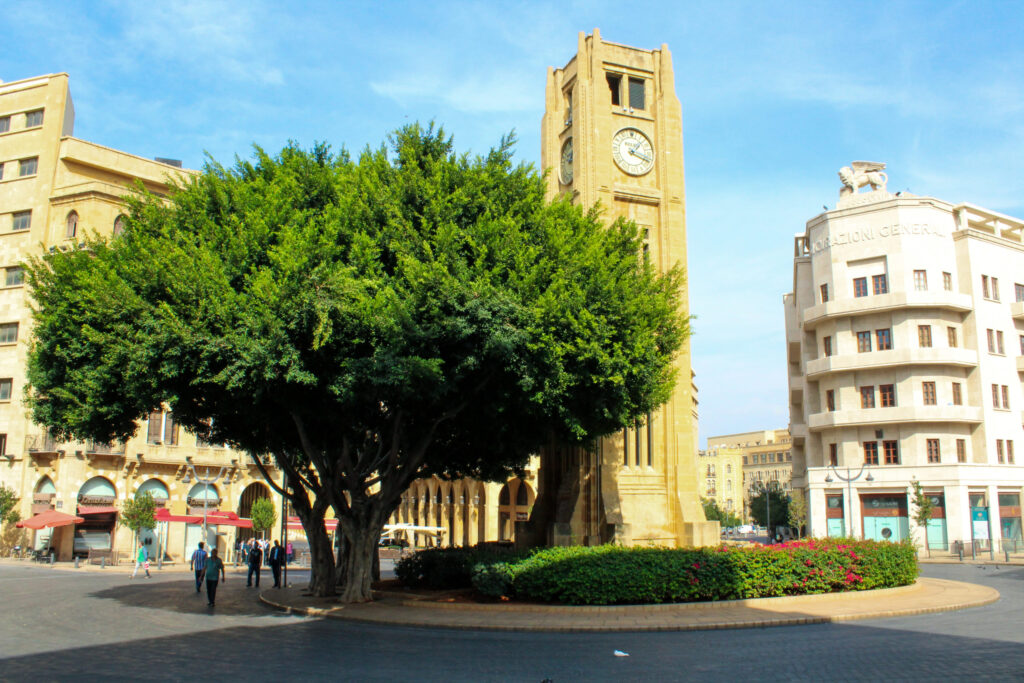
The entry to this area with ministries and the square was controlled by armed soldiers. I got into a bit of trouble with a soldier because I took the photo you see below. The soldier at the checkpoint called me over after seeing the photo, asking why I took it. I explained that I was a tourist and found the scene interesting. After seeing the photo, he was convinced that I had no ill intentions and let me go. Hence, I recommend avoiding including soldiers in your photos just in case when you’re taking pictures.
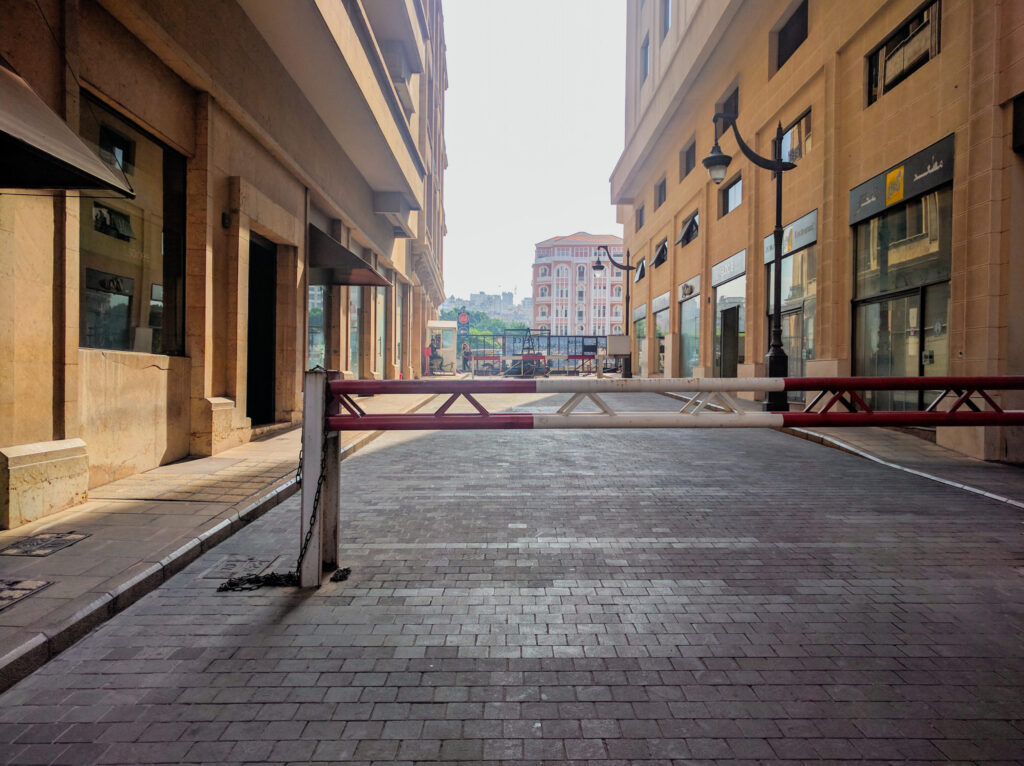
Damascus Street
After that, we walked a bit on Damascus Street. During the civil war, this famous street was known as the Green Line. It was called so because anyone walking or any vehicle passing through this street during the Muslim (West) – Christian (East) division would be shot by the soldiers on the opposite side. A kind of death line…
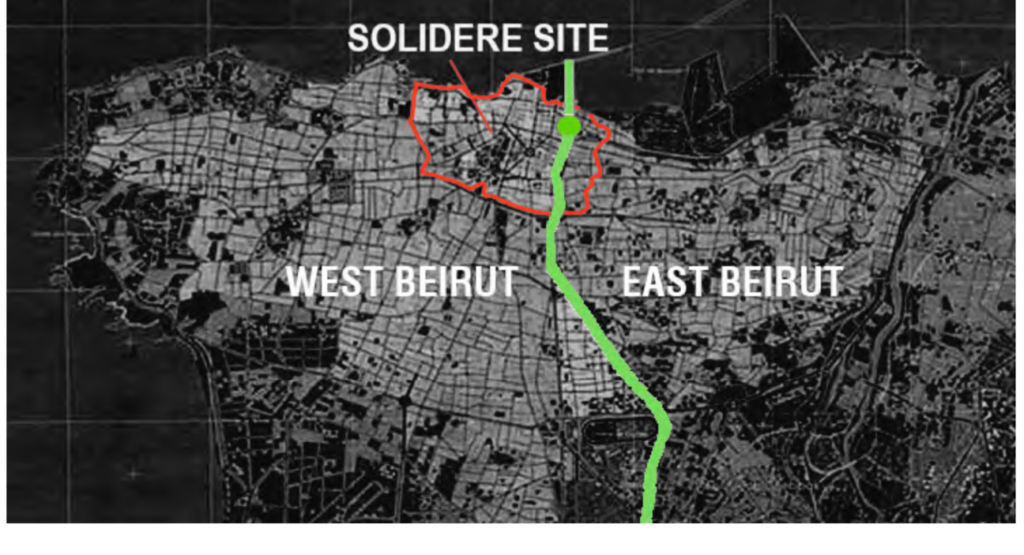
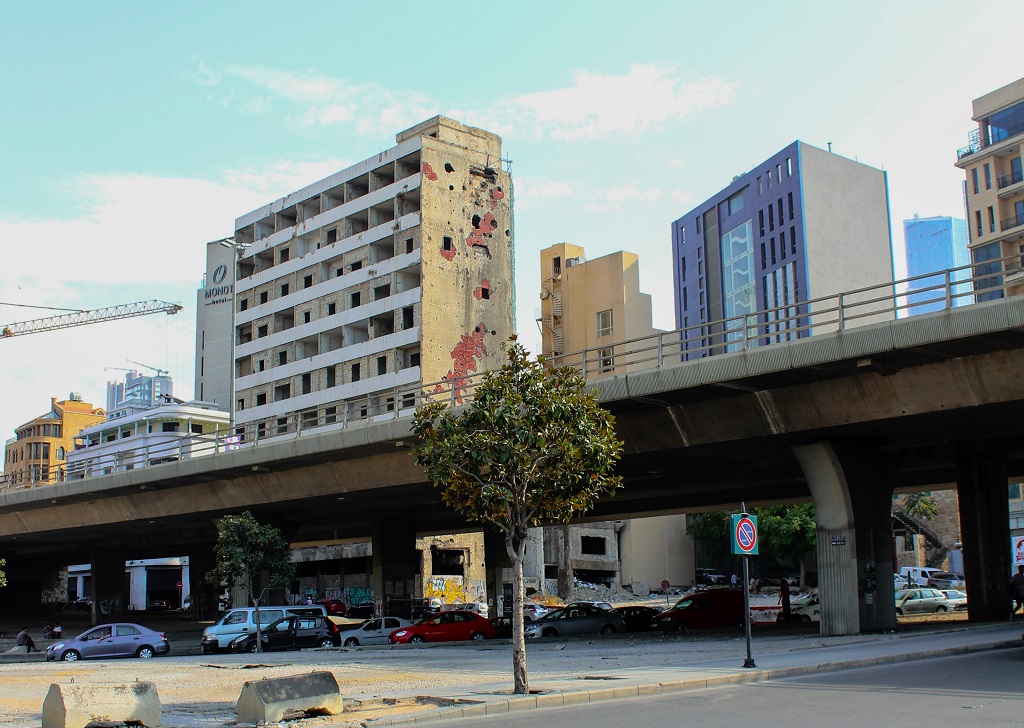
We took a taxi and headed to the Al Hamra area while progressing along the street. An important note about taxis: always negotiate before getting in. Because there are no meters in taxis, and if you don’t agree on the price upfront, they might overcharge you. You can think of paying a maximum of 5 USD for a short distance. Al Hamra was a region filled with shops and restaurants. If you don’t plan to shop, you might skip this area. Frankly, we found this area a bit chaotic. We entered Hamra Cafe on our way and distanced ourselves from the chaos outside thanks to the garden. The country’s currency is the Lebanese Lira, but dollars are accepted in many places. We exchanged part of our money to Lira at a currency exchange in Al Hamra and left part of it in dollars.
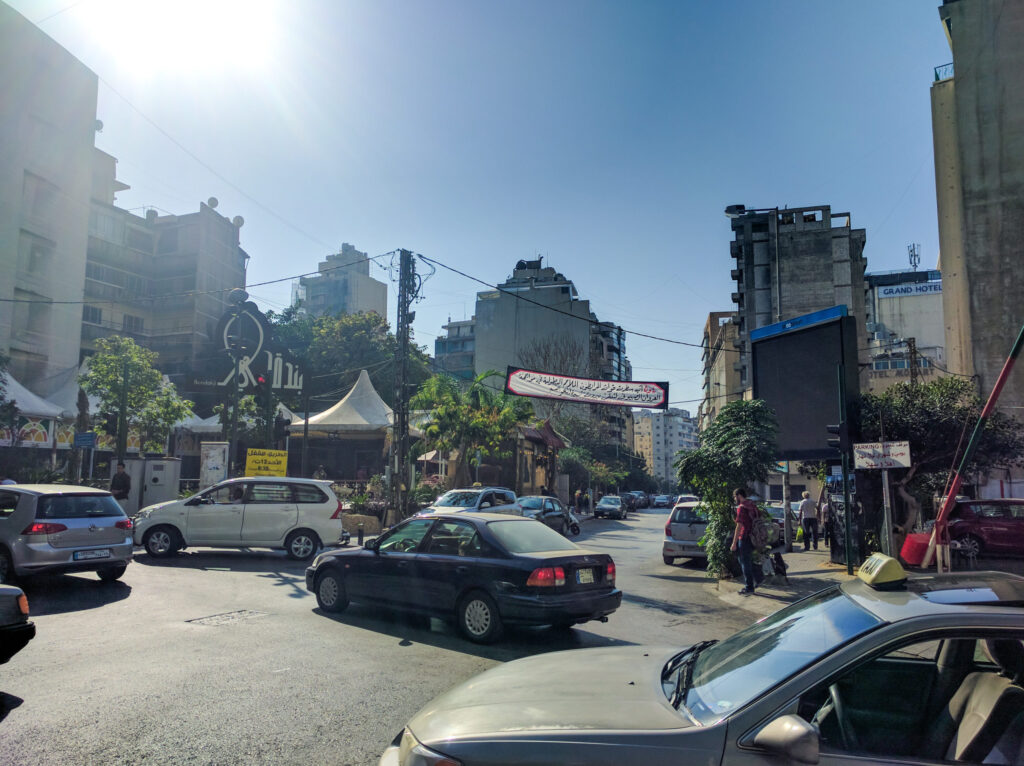
Again, we took a taxi back to the Mar Mikhael area. Although the taxi driver didn’t speak much English, he tried to chat with us and asked if there was anywhere specific we wanted to visit. After discussing the places we planned to visit in Lebanon, we agreed with this taxi driver for a private tour on our second day for 100 dollars. You might find a more affordable tour by bargaining.
You can read the details of our tour with the taxi driver we met by chance on our second day here.
Downtown and Corniche
On our last day, we explored the Mar Mikhael area a bit more. Then we took a taxi to go to Corniche to walk around Downtown. With the nice weather, we started walking along the coastline. The road was filled with large and luxurious buildings, hotels. It was evident that we were in a slightly more upscale area compared to other parts of the city. But as always, the new and the old were intertwined. While one side used this car in traffic, a luxurious vehicle passed from the other side.
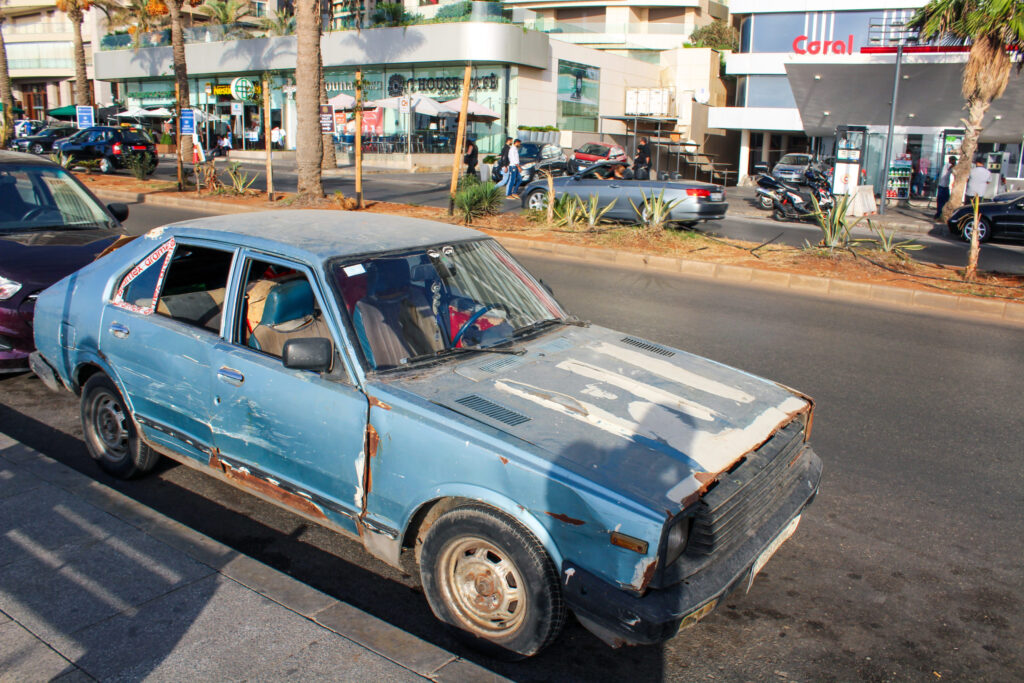
Pigeon Rocks
At the end of our walk, we reached Raouche Rocks, which has become a symbol of Beirut. Also known as Pigeon Rocks, these massive rocks seem to have fallen from the sky. The view was very beautiful. My advice is to come here at sunset.
Beirut Travel Guide: Local People
Lebanon has the most religious diversity in the Middle East. Unlike other Arab countries in the region, where 95% of the population is Arab, only 50% of Lebanon’s population is Muslim. The country is divided into Muslim and Christian neighborhoods, region by region, and the Mar Mikhael area where we stayed is known as a Christian region. We encountered many churches while walking around. For the first time in my life, I saw a church with Arabic writing on it. Seeing Arabic, which I always thought of as the language and alphabet of Muslims, on a church wall surprised me.
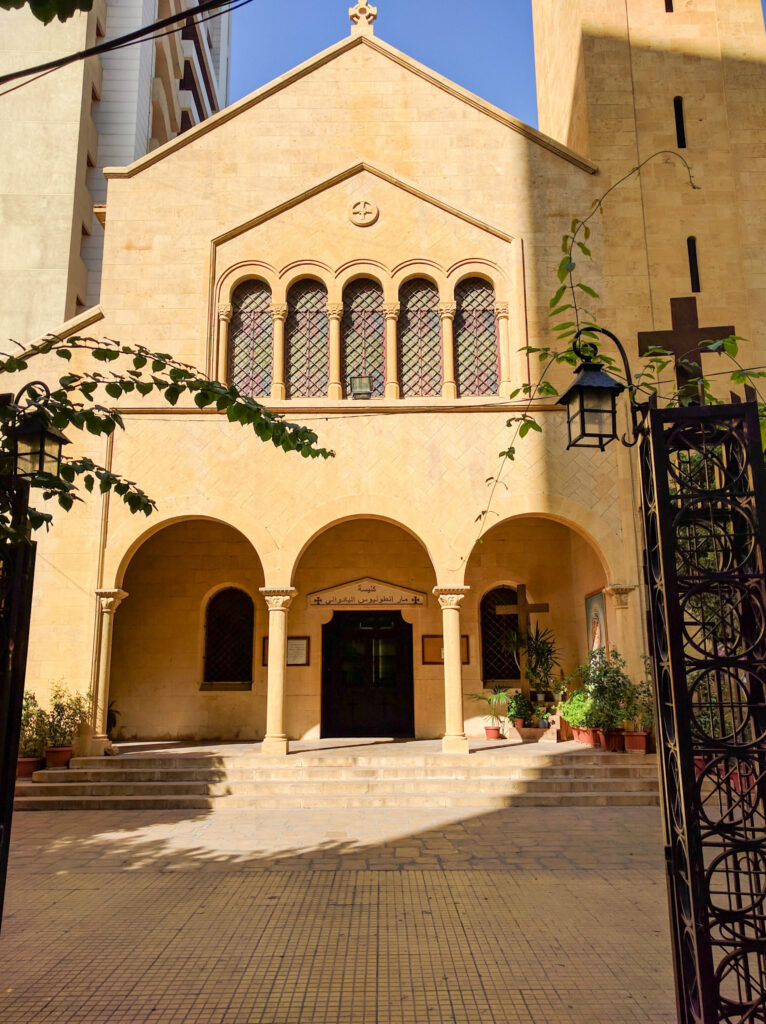
Beirut Travel Guide: Activities
There are plenty of activities you can do in and around Beirut. Some of the activities are highlighted below. You can check the activity details and prices from the below platform and arrange your tours online in advance.
Beirut Travel Guide: Dining & Food and Drink
Manakish
On our first day, we had breakfast at a buffet we came across on the way with Manakish. Lebanese cuisine is very similar to ours, and we share many flavors. Manakish is similar to our flatbreads, where you can add whatever you want on a round dough, similar to lahmacun dough. Manakish, the most preferred in Lebanon and the Arab region, is thyme-flavored, so we tried the zaatar flavor. Not my favorite, but definitely worth trying.
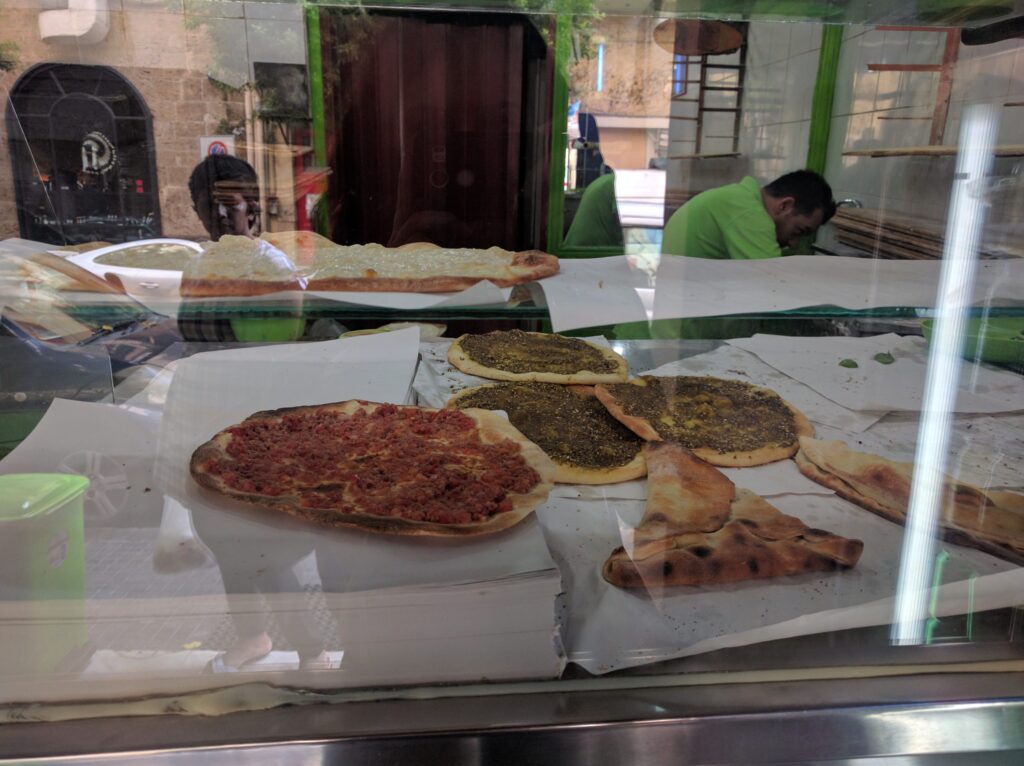
Local Beer Almaza
At the end of the day, we bought Lebanon’s local beer, Almaza, from a nearby market and enjoyed it on our terrace. With the beautiful weather and the sounds coming from the street, we watched people slowly filling the bars on the street.
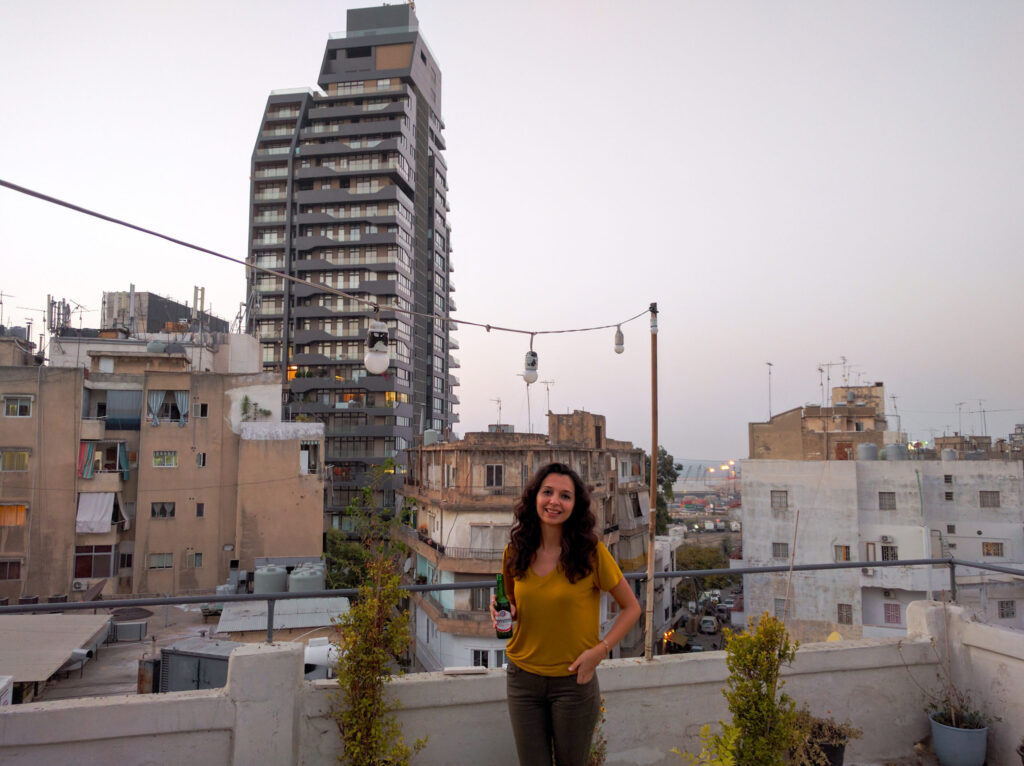
Cafe Em Nazih
For dinner, we decided to go to Cafe Em Nazih, which was within walking distance. The place had a beautiful garden and live music in the garden. Since we didn’t have a reservation, we sat inside. Still, we could clearly hear the songs played by the group in the garden. The dishes were truly legendary. Hummus with small cubes of meat in the middle was the best hummus I’ve ever had! We tried Arak, the Lebanese raki, mutabbal, a smoked eggplant mezze, and two different kebab varieties. All were very delicious, but the meat hummus was my favorite of the night. 🙂 We paid 39 dollars for the bill. The bill came in both Lebanese Lira and dollars; you can pay in the currency you prefer.
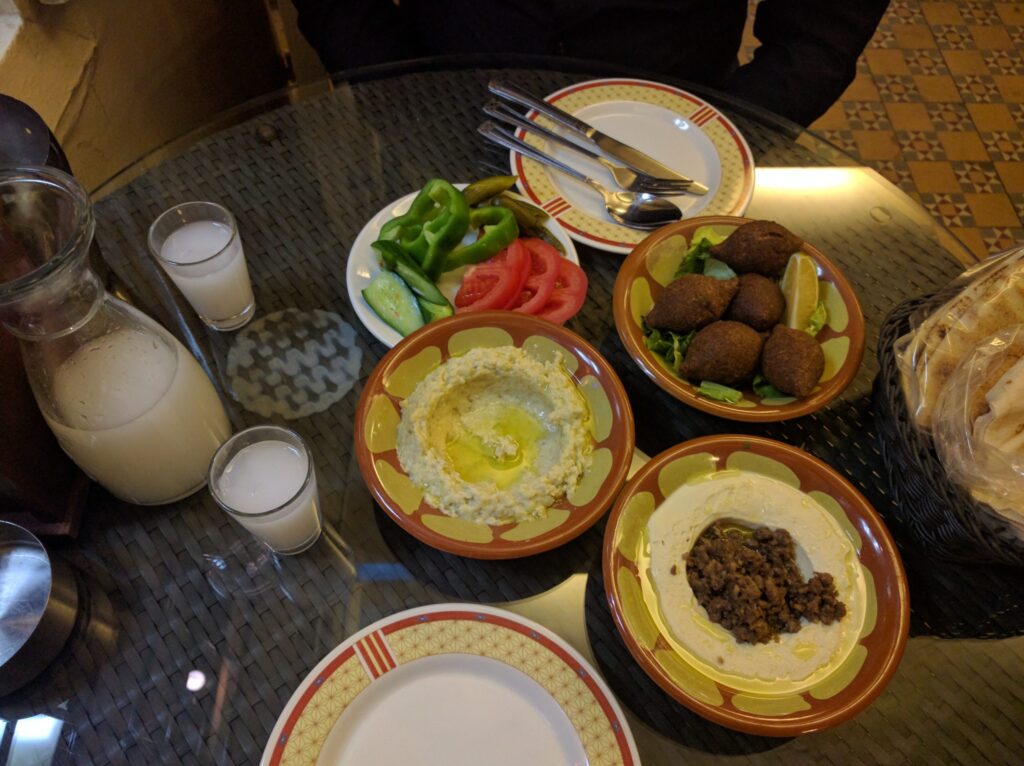
moTTo
For dinner on our second day, we went to a restaurant called moTTo. This place serves dishes from a different world cuisine every day and has no prices on its menu. Adopting the motto “Pay what you think is fair,” this restaurant allows you to determine how much you’ll pay for the meals. On the night we went, there were dishes from Thai cuisine, and they were average in taste. Honestly, it’s not a place I would say you must visit when you come to Beirut.
Bay Rock Cafe
When we went to Raouche Rocks, we sat at the Bay Rock Cafe right next to it. This cafe is one of the best places to enjoy the view. Here, we tried Lebanon’s famous White Coffee. Although it is served in a cup, it is not actually coffee, meaning it is not made from coffee beans. White Coffee is more like a mixture of hot water, honey, and orange blossom. I liked the taste; it was like a refreshing drink and quite drinkable. 🙂
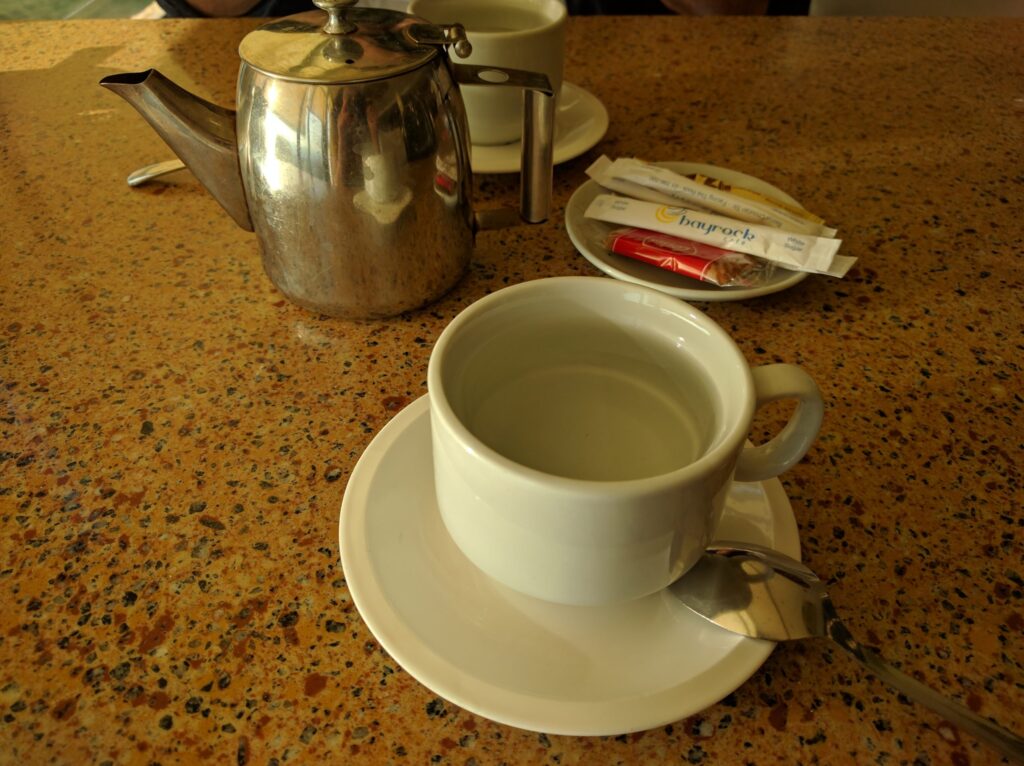
Cafe Em Nezih
For our last evening, we decided to go back to Cafe Em Nezih, where we went on the first night and loved the food. We tried hummus, the famous Lebanese salad tabbouleh with lots of parsley, Sigara Böreği (cigar-shaped pastry filled with cheese), potato wedges with sauce, and durum. All were very delicious.
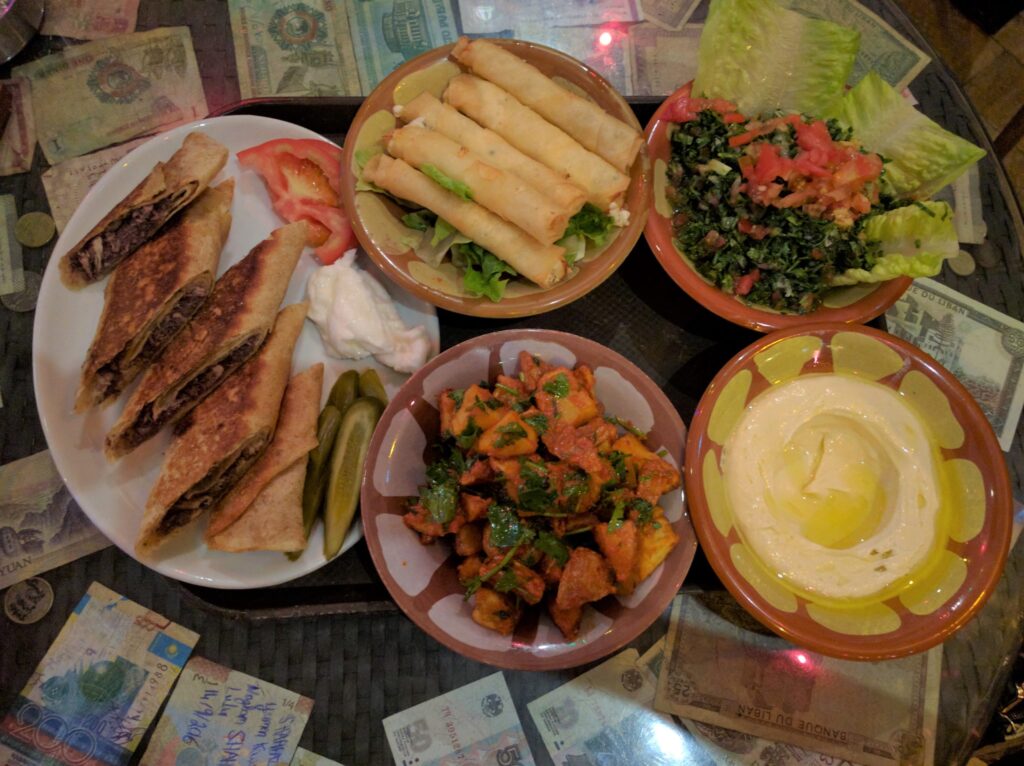
Beirut Travel Guide: Nightlife
The street where our house was located was full of small cafes and bars. Since we went at the end of October, our stay coincided with Halloween. For this reason, the streets were filled with young people enjoying and dancing, unable to fit into venues. We enjoyed this lively atmosphere and went out at night to try a few places in the Mar Mikhael area. The atmospheres were great, people were very friendly, and everyone was having fun.
Frankly, Beirut’s nightlife surprised me a lot. Because I thought that most countries in the Middle East were devoid of entertainment. Especially considering that Lebanon, a country synonymous with the never-ending civil war, was still continuing its life, made me very happy. If you come to Beirut, I highly recommend going out to a couple of places at night to observe the surroundings.
Beirut Travel Guide: Notes & Tips & Closing
- I pinned the places to visit and restaurants sequentially on Google Maps. If you save the map below, you can easily reach the locations even without internet.
- We mostly walked around the city. We only used a taxi to go back and forth between the Mar Mikhael area and the downtown area. If you’re going to take a taxi, be sure to tell the driver where you want to go before getting in and agree on the price before getting in.
- If possible, eat light a few days before coming here because the food is really delicious, and it’s impossible not to gain weight. 🙂
- Throughout the days we spent here, the city’s history, its people, and the harmony of the new and the old greatly impressed us. We completed our Beirut trip, gaining about 3 kilos, with the happiness of eating delicious food, having fun, and seeing a new country.


